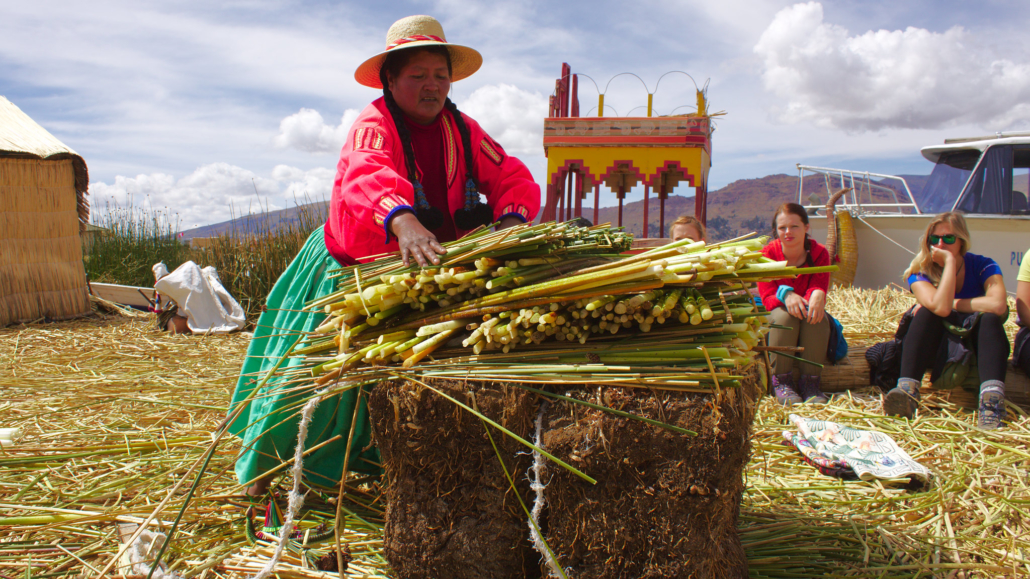Everything to Know About Hunger in Peru

Hunger in Peru is an often fluctuating issue. With the drastic effects of inflation, challenges in accessing food and the COVID-19 pandemic, Peruvian poverty has created an unstable lifestyle for much of the country’s population. Here is everything to know about hunger in Peru including information about the country’s alarming food shortage and inflation.
Food Crisis and COVID-19
Peru is in a food crisis. More than 16 million Peruvian citizens – half of the country’s population – are struggling with food insecurity. The problem primarily lies within the country’s prices of food; since the poverty rate includes more than 25% of the citizens of Peru, many citizens cannot access nourishing meals.
The COVID-19 pandemic worsened many of Peru’s poverty-related problems. The poverty rate in Peru rose almost 6% post-pandemic because of the quick-rising inflation. The price of commonly used ingredients – such as “wheat, rice and cooking oil[,]” – now cost more than two times their original prices.
Soup Kitchens, Inflation and Minimum Wage
The number of soup kitchens in Peru has multiplied by six since 2020. The municipal government of Lima reported the registration of more than 2,500 soup kitchens in 2022, The New Humanitarian reports. In 2020, this number was only 377. Despite the fact that kitchens provide free or discounted meals for Peruvian citizens, the rising inflation has caused many to stop serving certain meats due to insufficient funds. Some soup kitchens have to serve chicken noodle soup that lacks chicken.
Peru raised its minimum wage by 10% in order to combat inflation. On May 1, 2022, Peru’s minimum wage increased from 930 PEN to 1,025 PEN. Despite its good intentions, Pacific Business School’s academic director Jorge Carrillo Acosta claims that this raise may unintentionally push informal labor, which would allow companies to continue paying their workers at the 930 PEN rate.
Organizations Combating Hunger in Peru
There are many communities working in Peru in order to help citizens reach a livable wage and a greater level of food security. These organizations are making a significant impact in reducing poverty and hunger in Peru.
The World Food Programme (WFP) is working to continue to push the trend of decreasing poverty in Peru. In 2017, WFP created Cocina con Causa (“Cooking with a Cause”), a TV show showcasing healthy ways to cook and eat. The series has amassed millions of viewers through its TV episodes, radio show and social media accounts. Most recently, WFP has backed a project in the Sechura desert to install a drip irrigation system in order for families in the area to grow a greater amount of healthy vegetables.
Action Against Hunger (AAH) is another organization improving the health system and food security for Peruvian citizens and Venezuelan migrants, while also providing more monetary opportunities for the women in the country. The organization has provided food, hygiene products and supplies in order to relieve some of the hunger in Peru.
The Future of Peru’s Population in Poverty
WFP has reported that Peru’s levels of poverty and food insecurity have decreased within the past 10 years. The implementation of programs to fight hunger, alongside economic gains and increased funds towards a more secure framework for combating the price of living, gives many – Peruvian citizens or not – a good feeling about the future of Peru and reducing its levels of poverty.
– Aspen Oblewski
Photo: Flickr
